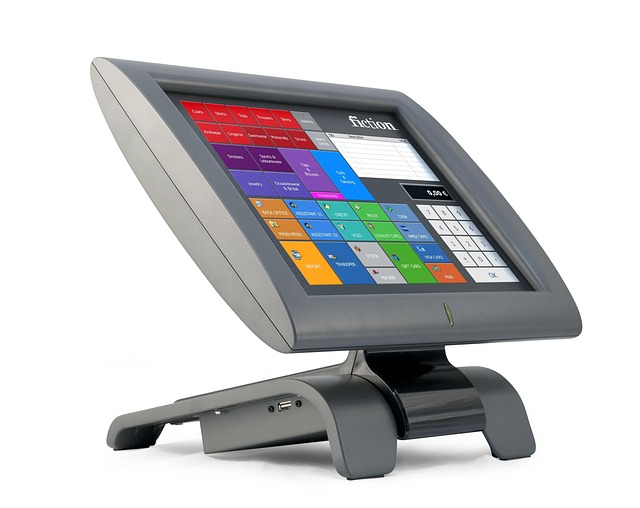Modern enterprises are increasingly turning to robotics to streamline operations, reduce manual labor, and increase precision. The convergence of advanced sensors, sophisticated control algorithms, and artificial intelligence has given rise to a new era of robotic equipment handling. Rather than replacing human workers outright, these systems augment human capabilities, enabling staff to focus on higher‑value tasks while robots manage repetitive, heavy, or hazardous duties.
Foundations of Robotic Equipment Handling
At its core, robotic equipment handling encompasses the integration of robotic manipulators, autonomous guided vehicles (AGVs), and automated storage and retrieval systems (AS/RS) into existing workflows. The technology relies on several key components:
- Perception – Vision, LiDAR, and tactile sensors capture real‑time data about the environment and objects.
- Decision‑Making – Machine learning models process sensory input to determine optimal paths and actions.
- Execution – Actuators and control systems translate decisions into precise mechanical movements.
- Feedback Loops – Continuous monitoring ensures safety and corrects errors before they propagate.
These elements form a closed loop that allows robots to adapt to dynamic conditions, such as shifting inventory levels or unexpected obstacles.
From Concept to Deployment
Deploying robotic equipment handling solutions requires a structured approach. The first step is a thorough assessment of business processes to identify bottlenecks and tasks that would benefit most from automation. Next, simulation tools are used to model robotic movements and validate feasibility. After a successful prototype phase, the system is integrated with enterprise resource planning (ERP) and warehouse management systems (WMS) to ensure seamless data flow.
“Robotic equipment handling is not a one‑size‑fits‑all solution; it demands a tailored integration strategy that respects existing operational rhythms,” says Dr. Elena Marquez, a robotics strategist with a decade of experience in manufacturing optimization.
Key Benefits for Business Operations
When implemented correctly, robotic equipment handling delivers tangible advantages across multiple dimensions:
- Increased Throughput – Robots can operate 24/7, lifting heavy loads faster than manual labor.
- Improved Accuracy – Precision gripping and placement reduce errors and waste.
- Enhanced Safety – By removing workers from high‑risk zones, the incidence of workplace injuries falls.
- Data‑Driven Insights – Sensors generate rich operational data, enabling continuous improvement and predictive maintenance.
- Scalability – Modular robotic units can be added or reprogrammed with minimal downtime.
These benefits translate into cost savings, higher customer satisfaction, and a stronger competitive position.
Case Study: Automated Assembly Line
A mid‑size electronics manufacturer faced recurring delays on its assembly line due to manual component handling. By introducing collaborative robots (cobots) equipped with AI‑enhanced vision systems, the company achieved a 30% reduction in cycle time. The cobots were programmed to recognize component orientation, apply appropriate torque, and detect anomalies such as bent leads. When an error was detected, the system paused the line, notified human supervisors, and logged the incident for root‑cause analysis.
Beyond the immediate productivity gains, the data collected from the cobots’ sensors enabled the company to forecast maintenance windows, reducing unscheduled downtime by 25%.
Challenges and Mitigation Strategies
Adopting robotic equipment handling is not without obstacles. Common challenges include:
- Initial Capital Expenditure – High upfront costs can deter small and medium enterprises.
- Skill Gaps – Workforce retraining is essential to manage and maintain sophisticated robotic systems.
- Interoperability – Legacy equipment may not seamlessly integrate with new robotic solutions.
- Regulatory Compliance – Safety standards, such as ISO 10218, must be rigorously adhered to.
Mitigation approaches involve phased implementation, leveraging leasing models, investing in cross‑functional training programs, and collaborating with suppliers to develop interoperable interfaces.
Future Outlook: AI‑Driven Autonomous Ecosystems
The next wave of robotic equipment handling envisions fully autonomous ecosystems where robots collaborate without human intervention. Artificial intelligence will empower these systems to:
- Optimize route planning in real time based on fluctuating inventory and traffic conditions.
- Predict and preempt equipment failures through anomaly detection.
- Facilitate dynamic reconfiguration of warehouse layouts to accommodate new product lines.
- Integrate with enterprise AI platforms to align operational decisions with strategic goals.
As machine learning models grow in sophistication, the boundary between human and robotic decision‑making will blur, creating hybrid teams that harness the strengths of both.
Conclusion
Robotic equipment handling represents a pivotal shift in how businesses approach automation. By marrying physical robotic capabilities with intelligent decision‑making, organizations can unlock unprecedented efficiency, safety, and adaptability. The journey requires careful planning, investment in talent, and a commitment to continuous improvement. Yet the payoff—measured in faster cycles, lower error rates, and enriched operational data—renders the transformation not just desirable but essential for enterprises striving to remain competitive in a rapidly evolving market.



